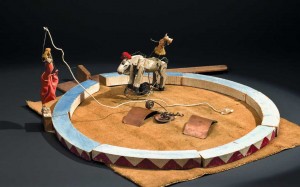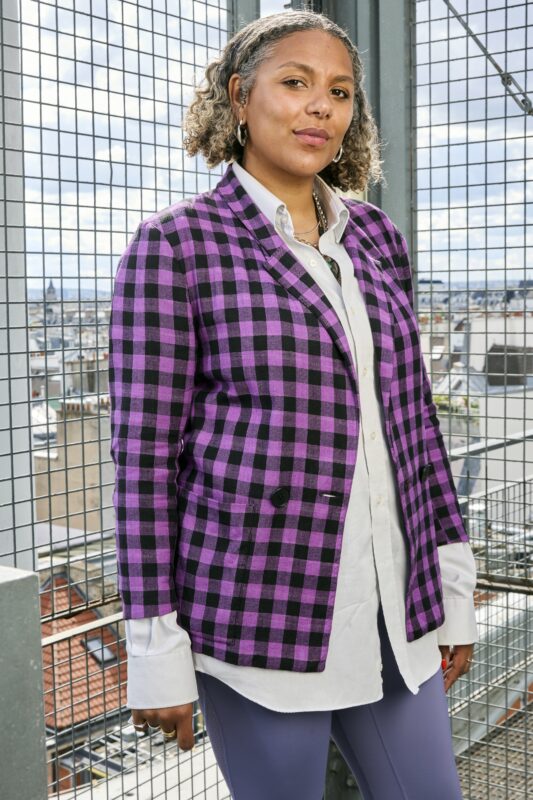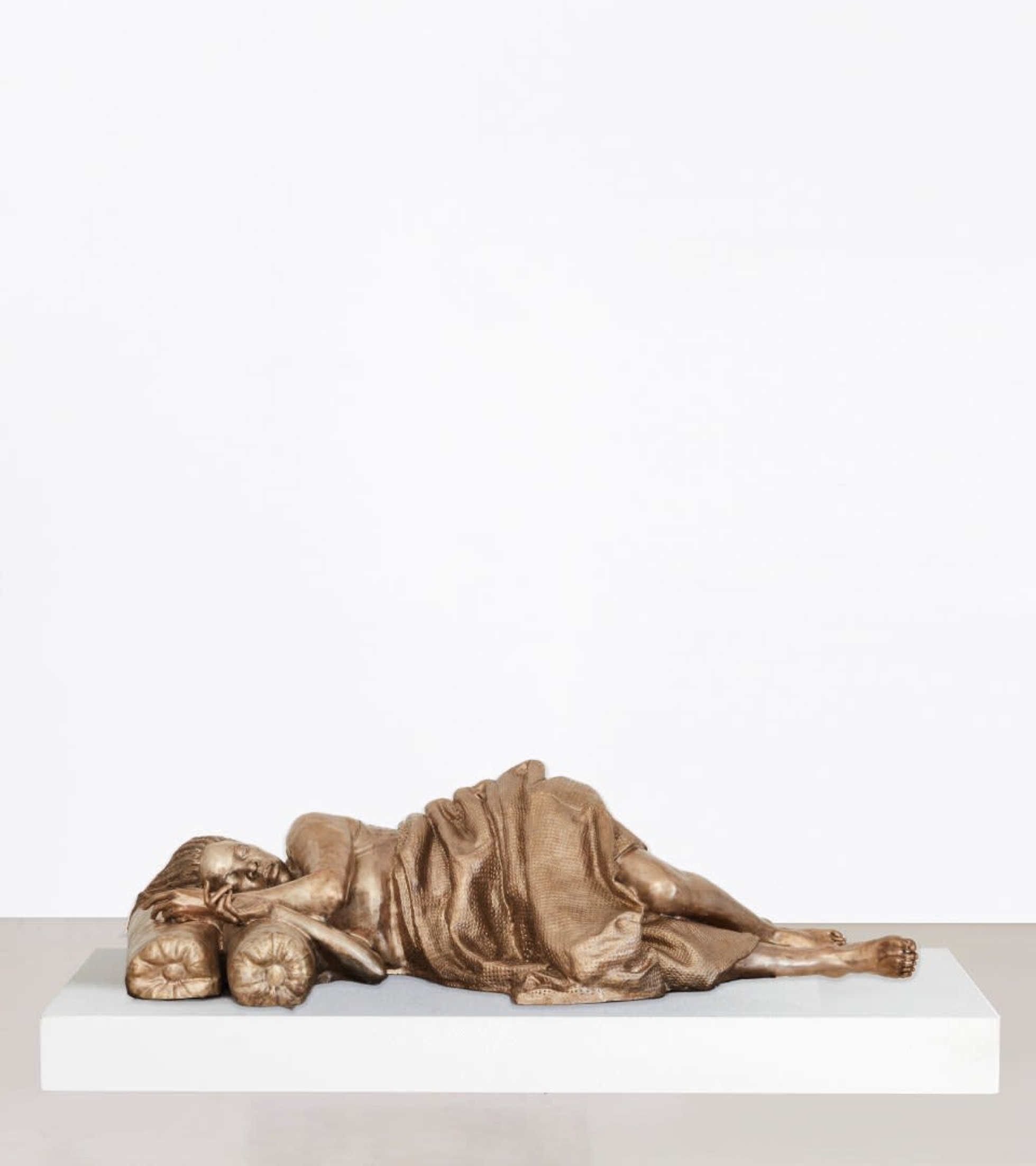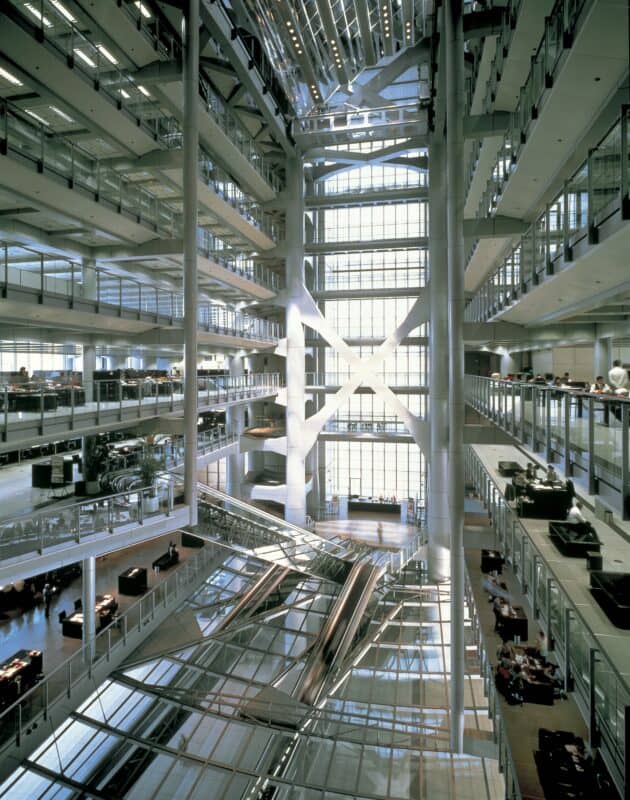
An uncommonly lively and engaging character, Calder made his art into a continuous party, a party attended by his many friends, among them Joan Miró, Jean Cocteau, Man Ray, Fernand Léger and Piet Mondrian. Trained as an engineer, he was the inventor one of the most innovative and audacious forms of twentieth-century sculpture – the mobile, given its name by Marcel Duchamp.
“Calder, les années parisiennes, 1926-1933” looks Calder’s Paris years, when he discovered his personal artistic vocabulary.
When he arrived in Paris in 1926, aged 27, Alexander Calder was a painter and illustrator. When he returned to the United States in 1933, he was the celebrated exponent of “drawing in space” and one of the greatest sculptors of the twentieth century.
The arrival in Paris of Calder’s Circus, the first time it has left New York since the artist’s death, is an event in itself, and this exceptional piece stands at the heart of the exhibition.
A ‘transatlantic’ artist, who after 1953 divided his time between the United States, the land of his birth, and his adopted country, France, Alexander Calder (1898-1976) is well known here for the large mobiles and stabiles of painted metal to be seen in French cities (La Spirale, at Unesco, Paris,1958) and sculpture parks (Reims Croix du Sud at Villeneuve-d’Ascq, 1969). Combining lightness and monumentality, playfulness and abstraction, these giant totems have become, for the general public, emblematic symbols of modern art.
As well as presenting outstanding pieces, the exhibition offers an opportunity to witness the original state of works conceived in terms of motion and equilibrium but now condemned to immobility by the exactions of time or by the death of their creator and animator, these being here accompanied by films such as Jean Painlevé’s and photographs such as Brassaï’s, in which they are shown being operated by Calder himself.
Little animals of bent metal, acute magazine illustrations, toys sparkling with colour and ingenuity: the young Calder’s earliest works offer a key to his art, the art of an inspired DIYer, of a magician who took base materials and primitive mechanisms and transformed them into true sculpture. These assemblies of recycled materials and objects, held together by wire, provided the models for his first masterpiece, the Circus, produced in Paris between 1926 and 1931.
At the same time, the Centre’s Galerie des Enfants offers an exhibition /workshop for children: “Quel Cirque!”
Tight Rope Artists from Calder’s Circus, 1926-31. Wire, cloth, graphite, leather, lead, paint, and string, dimensions variable. Whitney Museum of American Art, New York 83.36.48 and 83.36.50. Photo © Whitney Museum of American Art. Alexander Calder © 2008 Calder Foundation, New York / Artists Rights Society (ARS), New York. Photograph by Sheldan C. Collins.







